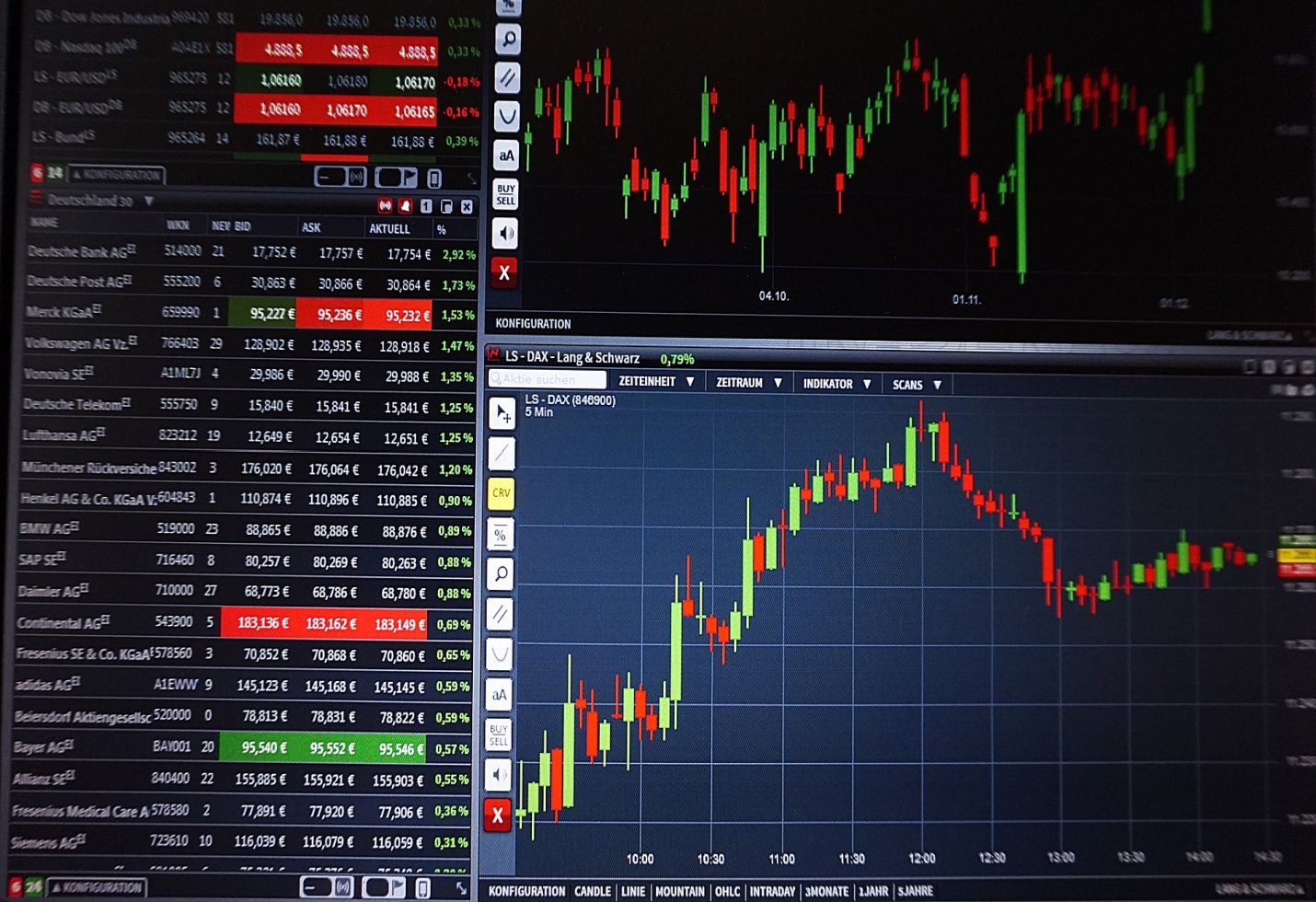Lenders seek replacements for debt schemes
Debt mutual funds are the funds which are invested in instruments like treasury bills, certificate of deposits and c-papers. This instruments have fixed interest earnings with fixed tenure. Although, this interest is fixed for throughout the period of investment on the underlying asset. The main goal is to collect wealth through the interest earned and increase the overall investment value. Best debt scheme is decided on the basis of the credit rating given to them. If the credit rating is high. it means debt security have higher chances of paying the interest and principle during the time of maturity.
Debt schemes are usually taken by the investors and high network individual (HNI). They are risk averse and not ready to invest in equities. They choose debt funds according to their requirement for short to medium term. While investing in any scheme, investor considers points like what is the objective of funds? In which category this funds fall, how much risk is involved. Factors like cost, investment horizon and financial goal is also considered. Debt funds are evaluated on the factors like fund history, fund returns and ratios like financial ratios and expense ratios. Some best performing debt funds are SBI magnum constant maturity fund, ICICI prudential constant maturity gilt fund, UTI gilt fund, Axis banking and PSU debt fund and Kotak dynamic debt fund.
Franklin Templeton’s decision:
Franklin Templeton is one of the biggest mutual fund house and stands in 9th position in the country. They have recently announced that they are winding up the their 6 debt schemes. They are credit risk fund, duration fund, dynamic accrual fund, short term income plan, ultrashort bond fund and income opportunities fund. If valued altogether, this 6 schemes hold around 30,000 core asset of investors. After these scheme got windup, investors who had invested in this scheme cannot withdraw their cash on the basis of the asset they have put and their money is locked.
Liquidity concerns:
After Franklin Templeton scraped six debt schemes, liquidity became the main concern for the financial institution. Therefore they have asked investors and HNI’s who have borrowed fund from the banks and other financial institution to bring additional margins in debt mutual fund. This also includes franklin Templeton’s schemes. Investors and promoters have invested money in these schemes to raise money so that they can invest in the market or any other short term scheme to meet their short term capital requirement. Many high network individuals have borrowed money from NBFCs and bank to invest in the mutual funds. They are giving more than 8% returns and are more risky.










